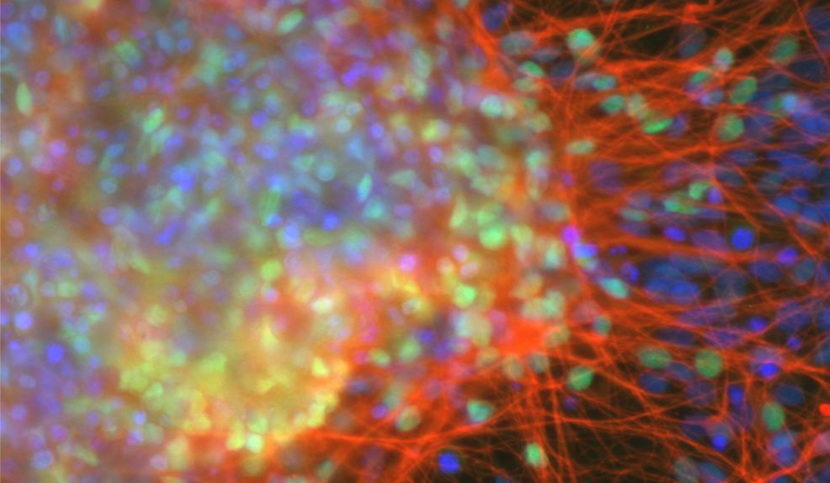Researchers led by Emmanuel Flamand-Roze, at Paris Brain Institute, have shown that a simple administration of oxygen can alleviate abnormal movement attacks in an orphan disease – alternating hemiplegia of childhood (AHC). These encouraging preliminary results are published in Movement Disorders.
Alternating hemiplegia is a severe neurodevelopmental disorder associated with a mutation in the ATP1A3 gene. It begins in early childhood, causing symptoms that significantly impair quality of life. Young patients are affected by episodes of paralysis which can last from a few minutes to several days and involve one or alternating sides of the body. They also experience repetitive muscle contractions called dystonia, which sometimes last for hours and are often painful.
Pharmacological treatment is usually ineffective. For the time being, disease management is based on the administration of sedatives because symptoms completely disappear upon sleep. Avoiding events that can trigger hemiplegic and dystonic attacks – such as stress or physical exertion – sometimes allows acute episodes to be spaced out.
“We don’t know how to help these patients. Therefore, we remain particularly attentive to the sometimes-unexpected factors that could relieve them,” explains Emmanuel Flamand-Roze, neurologist and expert in abnormal movements. “Recently, a 25-year-old man told us that after receiving laughing gas during an episode of dystonia, his symptoms subsided within minutes. We tried to identify the reason, knowing that this gas – nitrous oxide – is usually administered with 50% oxygen. As it is impossible to give nitrous oxide in daily treatment, we wanted to test whether oxygen was responsible for stopping the attack.”
The researchers then installed an oxygen therapy device in the patient’s home. “We observed that dystonic attacks stopped 15 minutes after the oxygen was administered,” says the researcher. This is a significant benefit, as this young man could experience up to 8 episodes a day, some of which could last several hours. His quality of life was improved. Oxygen therapy is a safe, highly accessible treatment that can significantly reduce the use of potent sedatives, such as midazolam, which the patient was taking at a rate of 40 doses per month.”
Team member Quentin Welniarz proposed a hypothesis to explain the effect of oxygen. According to him, a phenomenon called cortical spreading depression (CSD), which corresponds to a wave of electrical disturbance in the brain, plays an essential role in triggering the symptoms of alternating hemiplegia. This wave consists of a rapid phase of neuronal hyperactivity and a slower phase of electrical silence in the cortex cells. It’s also associated with hypoxia – i.e., reduced oxygen availability. Rapid administration of oxygen at the time of attacks could therefore interrupt or mitigate this phenomenon.
To ensure that the association between oxygen delivery and mitigation of dystonia attacks is not coincidental, researchers must ensure that the same effect occurs in other patients under comparable conditions. Similarly, it remains to be clarified how to optimize the use of oxygen therapy, especially at home, so that it is as little restrictive as possible.
Source
Welniarz, Q. et al. Oxygen therapy: an acute treatment for paroxysmal dystonia in alternating hemiplegia of childhood. Movements Disorders. DOI: 10.1002/mds.29357.







